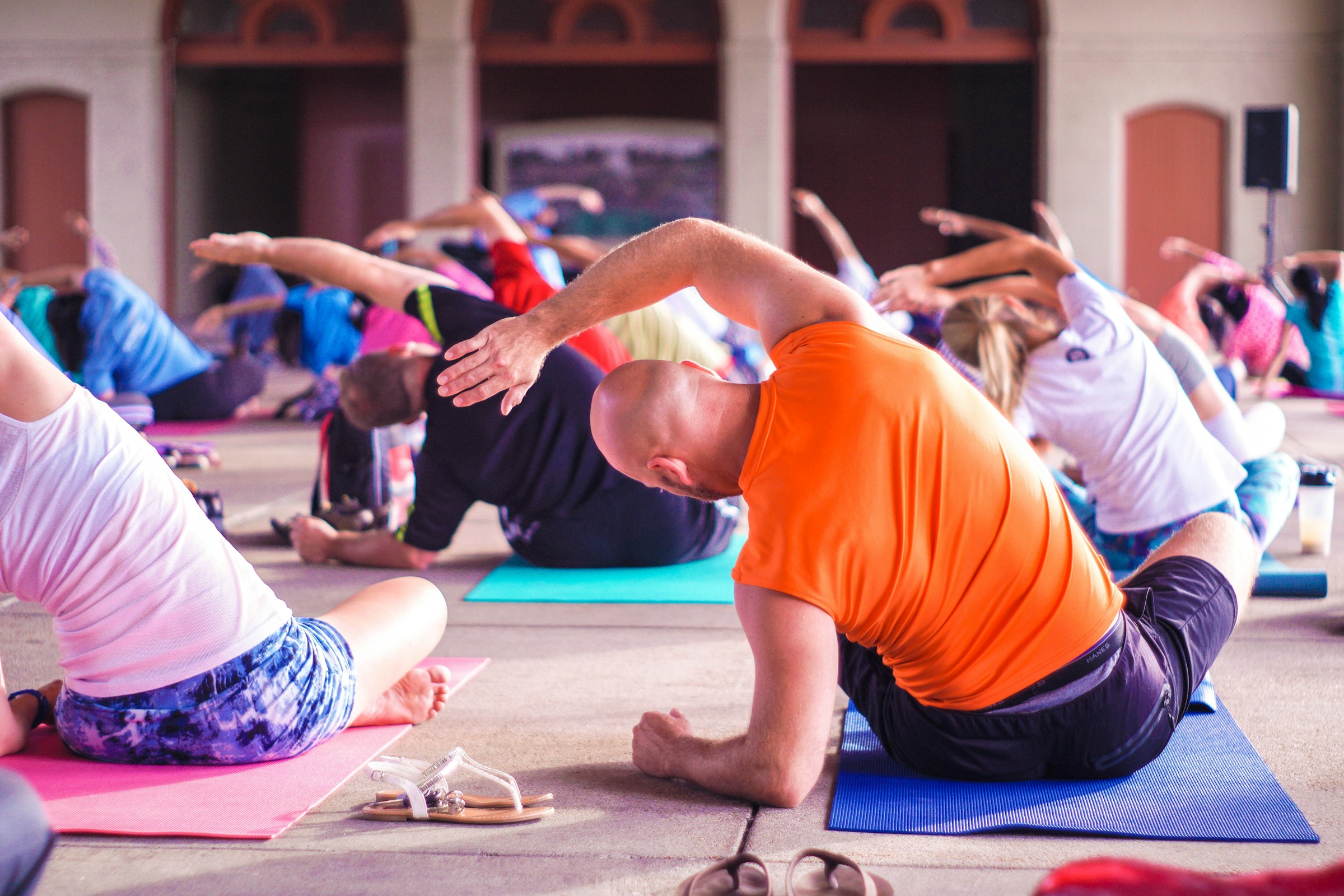A Comprehensive Guide to Yoga Styles: Part 2
Embarking on a journey through the diverse landscape of yoga styles continues with the second part of our comprehensive guide. In this installment, we explore four distinctive yoga styles, each offering a unique path to wellness, self-discovery, and inner peace.

A Comprehensive Guide to Yoga Styles: Part 2
Embarking on a journey through the diverse landscape of yoga styles continues with the second part of our comprehensive guide. In this installment, we explore four distinctive yoga styles, each offering a unique path to wellness, self-discovery, and inner peace.
- Traditional Hatha:
Traditional Hatha is the foundation of many modern yoga styles. It emphasizes a slow and gentle approach to yoga, focusing on basic postures (asanas), breathwork (pranayama), and meditation. Hatha is often seen as a balanced practice that aligns the body, mind, and spirit.
Benefits:
- Improved flexibility and strength
- Stress reduction and relaxation
- Enhanced focus and mental clarity
What to Expect:
Traditional Hatha classes typically involve a series of foundational poses, breathwork exercises, and meditation. The pace is slower, allowing practitioners to explore each pose with mindfulness and attention to alignment.
- Ashtanga Yoga:
Ashtanga Yoga is a dynamic and physically demanding style characterized by a specific sequence of postures that practitioners follow in a flowing, continuous manner. The practice emphasizes breath control (ujjayi breath) and progressive series of poses.
Benefits:
- Increased strength, flexibility, and stamina
- Improved cardiovascular health
- Stress reduction and mental focus
What to Expect:
Ashtanga classes follow a set sequence of poses, with each movement linked to a specific breath. The practice is vigorous and challenging, making it suitable for those seeking a physically intense and disciplined approach to yoga.
- Partner Yoga:
Partner Yoga involves the practice of yoga poses with a partner, emphasizing communication, trust, and mutual support. It can be a playful and engaging way to deepen connections with others while experiencing the benefits of yoga.
Benefits:
- Improved flexibility and balance
- Enhanced communication and connection
- Shared sense of accomplishment
What to Expect:
Partner Yoga classes feature poses that require collaboration between partners. These poses can vary from simple stretches to more complex balances, fostering a sense of trust and shared experience.
- Yin Yoga:
Yin Yoga is a slow-paced style that focuses on holding poses for an extended period, typically three to five minutes or more. The practice targets the deep connective tissues and aims to promote relaxation and flexibility.
Benefits:
- Increased flexibility and joint mobility
- Stress reduction and relaxation
- Improved energy flow
What to Expect:
Yin Yoga classes involve passive stretching, where practitioners relax into poses and allow gravity to deepen the stretch. Props may be used to support the body, making it accessible to practitioners of all levels.
As we conclude this comprehensive two-part guide to yoga styles, we invite you to explore the vast array of practices that resonate with your unique journey. At YogaNow, our curated Yoga Guides provide insights and guidance tailored to your individual needs. Whether you find resonance in the gentle flow of Traditional Hatha, the dynamic discipline of Ashtanga, the connectedness of Partner Yoga, or the deep relaxation of Yin Yoga, our platform is here to support you.
